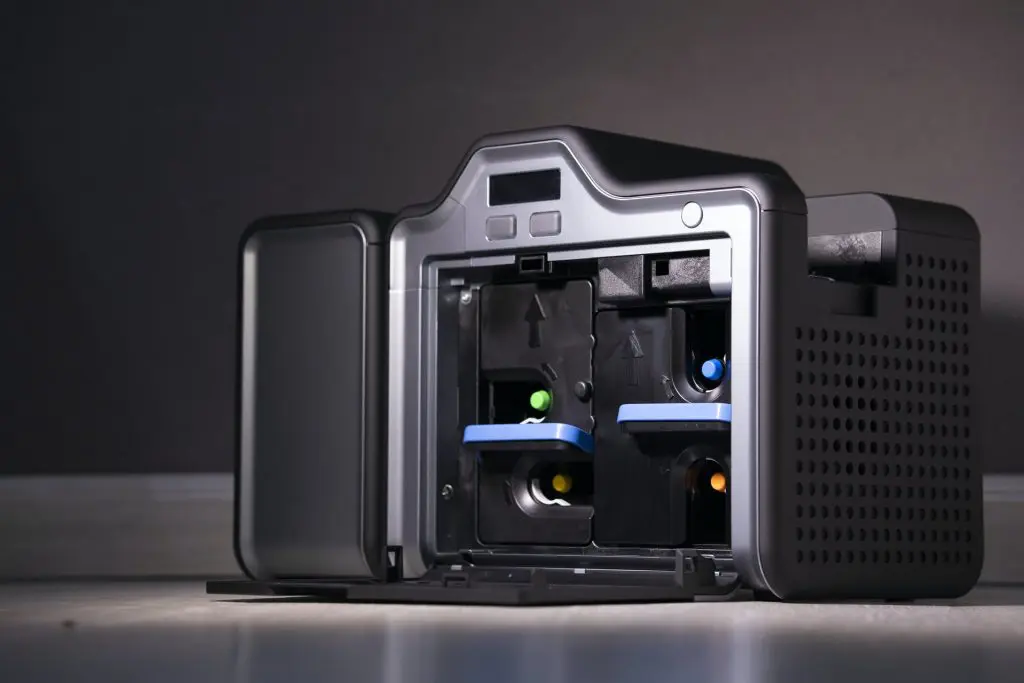The type of biometric authentication varies based on the method used to identify the characteristics of the person, the purpose of the authentication, and the process in which to do the confirmation. The process of verification has gone a long way from the requirement of physical documents for access to using the unique characteristics of the person to authenticate the use of the device, enter areas, and secure documents and data.
What is biometrics?

Biometrics is the analysis of features and characteristics of a particular person to confirm his identity for the sake of verification. You may have seen this type of security in most sci-fi movies before and now, it has become a reality. The most common identifier for biometrics is the fingerprint. Government agencies take advantage of this technology to record information about people.
Other types of biometrics identifiers are voice, eye, face, or palm recognition. Each of these ways can help people secure documents, bank accounts, and other types of information to prevent entry and usage of non-authorized personnel.
Types of Biometric System
We basically have two types of biometric systems: physical and behavioral systems.
1. Physical Biometric System

This type of system uses readers and scanners to save the biometrics identifier on the database and convert this information into digital data. Once saved on storage, whether online or on a particular device, one can easily gain access to the device or living space. You no longer need to memorize letters and numbers to access any device. You just have to press the sensor with your finger, present your face, or show your iris to gain access permissions.
2. Behavioral Biometric System
This type of biometric system utilizes people’s movements or behavioral patterns for identification and verification. This may be a person’s handwriting, voice rhythm, hand gestures, speed of typing, or the way one handles his device. With this type of technology, you do not have to actively present your characteristics to be allowed accessibility. This is also called passive biometrics.
Types of Biometric Authentication
These are the types of authentication used by devices through biometrics recognition.
1. Fingerprint scanning
This is the most common type of biometric authentication. This uses a flat surface area where you place your recorded fingerprint to verify your access details. Basically, your physical characteristics are recorded as digital data which are then confirmed in the database.
Smartphones mostly have this kind of technology. The honor x7 mobile, for example, uses a fingerprint sensor to unlock the device. Some security lock

s and cameras, like the Eufy brand, also incorporate fingerprint sensors on their units.
2. Voice Recognition
Security systems, teleconferencing, and credit card verification mostly use this type of biometric system. Voice recognition speeds up the process because the person does not need to be physically present to access information.
Others areas where robust security measures must be observed combine the use of both fingerprint and voice recognition technology.
3. Iris Recognition
Instead of fingers, the person identifies himself using the iris of his eye. The technology works by first noting the unnecessary parts of the eye and determining the iris for the final identity confirmation. This is one of the most accurate biometric authentication available.
4. Face Recognition
Instead of the iris, the technology for face recognition identifies the characteristics of the person’s facial features. The limitations of face recognition include lighting changes in the room, expressions of the face at the time of access, and technology in identifying particular changes in the face itself.
5. Handwriting recognition
This type of biometric authentication analyzes the handwriting through the curves and lines made by the user. You can mostly compare this with regular physical signature confirmation.
Conclusion
Biometric authentication has greatly given us more security in terms of our accounts and financials, as well as convenience in the confirmation of access. For smartphones, a fingerprint sensor may suffice. But for more important documents and accounts, it is best to use two or more authentication procedures to ensure the safety and protection of data.
Michael C Vang is a passionate blogger. He has been blogging since 2013 on a variety of topics. He is committed to creating informative and engaging content that helps readers learn more about everything.



